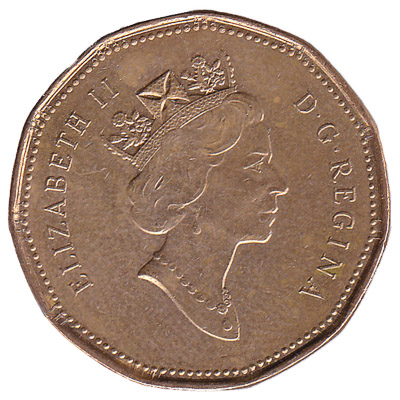The government took immediate steps to
replace the foreign coins with an issue of Canadian
silver coins in denominations of 50 and 25 cents
that would be legal tender in amounts up to $10,
as well as issues of $1 and $2 notes. As a
temporary expedient to supplement the coin issue
and meet the needs of commerce, the government
also issued 25-cent “shinplasters,”51 redeemable in
gold. To ensure that depreciated U.S. silver did not
flow back into Canada, the government also passed
legislation stating that after 15 April 1870, U.S. silver
coins were legal tender in Canada at a 20 per cent
discount, a rate far below their bullion value.
After settling the silver nuisance,
the government turned its attention to the
reorganization of Canada’s copper coinage, which
was also in disarray. Prior to Confederation, Nova
Scotia, New Brunswick, and the Province of
Canada had all issued small-denomination copper
coins, as did Newfoundland. However, large
quantities of token copper pennies issued by banks
based on the old pre-decimal system were still in
general circulation.
A wide range of European and
U.S. copper coins also circulated freely, along with
private tokens issued by merchants or individuals,
and even brass buttons (Weir 1903, 161).
Weir tea service, 1880
In recognition of his efforts to help remove depreciated American
silver coins from circulation in Canada, William Weir was presented
with this sterling tea service in 1880. Manufactured by R. Hendery, a
prominent silversmith in Montréal, it incorporates various silver coins
and is part of the National Currency Collection, Bank of Canada.
Dominion of Canada, 25-cent fractional note, 1870
Although created to facilitate the removal of depreciated
American silver from circulation before the arrival of the
Dominion’s first coinage in 1870, the shinplaster became
popular and was issued until the end of the century.
51. The term “shinplaster
” dates back to the late seventeenth century when notes issued by the Continental Congress during the American Revolution
were redeemed at only a fraction of their face value. Soldiers reputedly used them as insulation or dressings for wounds.
32 A History of the Canadian Dollar
In 1870, at the prompting of Weir, Hincks
authorized the government to accept bank-issued
pennies and halfpennies as 2 cents and 1 cent,
respectively, in amounts up to 25 cents, and encouraged banks and the general public to do the same
(Weir 1903, 164). It was not until 1876 that the
Dominion of Canada issued its own 1-cent coin
(Cross 2003, 53).
The removal of U.S. and British silver coins
from circulation in Canada, along with the
reorganization of Canada’s copper coinage, did
much to promote the circulation of a distinctive
Canadian currency.






0 Comments